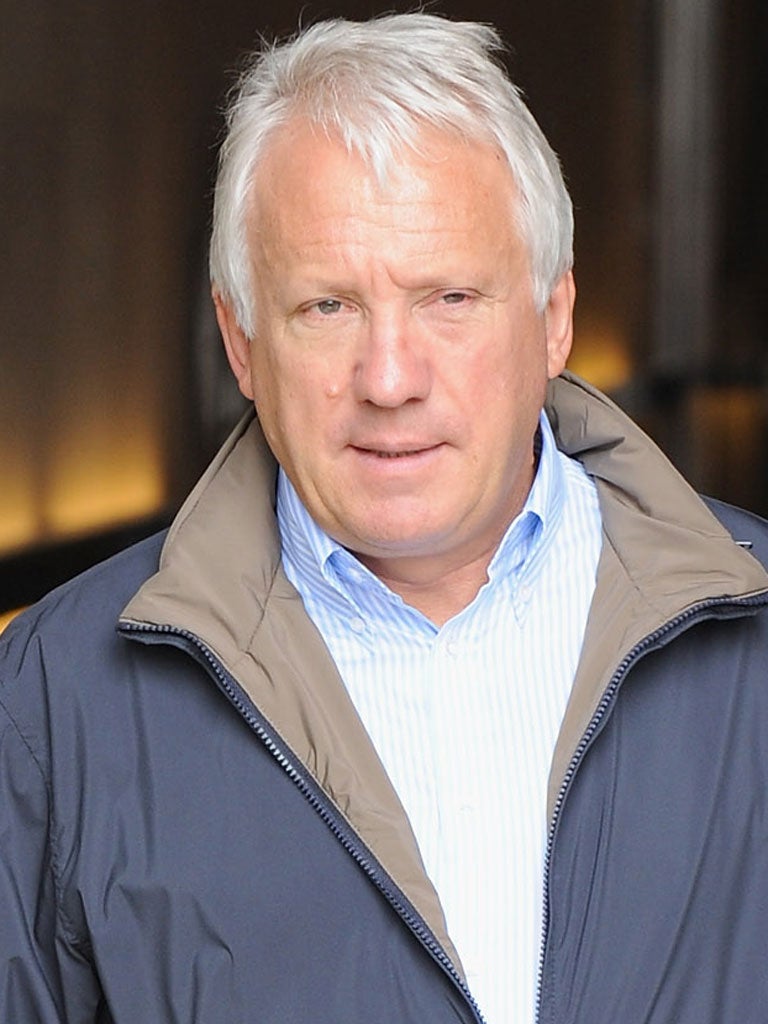Designers and drivers forced into rethink as FIA rules bite

Your support helps us to tell the story
From reproductive rights to climate change to Big Tech, The Independent is on the ground when the story is developing. Whether it's investigating the financials of Elon Musk's pro-Trump PAC or producing our latest documentary, 'The A Word', which shines a light on the American women fighting for reproductive rights, we know how important it is to parse out the facts from the messaging.
At such a critical moment in US history, we need reporters on the ground. Your donation allows us to keep sending journalists to speak to both sides of the story.
The Independent is trusted by Americans across the entire political spectrum. And unlike many other quality news outlets, we choose not to lock Americans out of our reporting and analysis with paywalls. We believe quality journalism should be available to everyone, paid for by those who can afford it.
Your support makes all the difference.Another year, another raft of rule changes. The drag-reducing DRS rear wing device and kinetic energy recovery system (KERS) brought in to – successfully – aid overtaking remain, but other changes to the technical regulations have posed questions that have taxed designers' ingenuity to the maximum.
Gone are the double diffusers which were first used so effectively by Brawn in 2009. That has reduced rear-end downforce, sending aerodynamicists looking for fresh ways to regenerate it and rebalance their cars. Hand in glove with that, the FIA has also banned trick exhausts that send airflow over the diffuser by mandating the size and position of the exhaust exits.
"Our objective is to prevent teams operating a blown diffuser, which under certain circumstances is akin to a moveable aerodynamic device," explains the FIA's Charlie Whiting. "In combination with additional constraints on engine mapping, it will limit designers' ability to exploit exhaust gases for aerodynamic effect."
Further attention has been paid to the amount of flexibility allowed in front wings – it has been decreased to again limit downforce and aid overtaking.
The most visible change has left most cars with ugly "platypus" noses. "The height of the survival cell in front of the driver was 625mm – and we wanted to reduce that to 550mm," Whiting said. "Our intention was to ensure the nose is lower than the cockpit sides, to protect the driver's head in the event of a 'T-bone' accident." The platypus noses were the compromise result.
Drivers may now only move once while defending their position in corners, while under safety car deployments lapped cars may unlap themselves so race leaders do not get artificial cushions to their immediate challengers.
"The overtaking rule isn't really new," Whiting says. "We've put into the regulations what was an unwritten rule. A driver can make one move only to defend a position – but when that driver then moves back on to the racing line to take a corner it can be construed as a second move, which is not allowed.
"We need to have drivers giving each other space on the track, otherwise we risk dangerous collisions."
There will also be a test session mid-season, in Mugello in May, after three years in which all in-season testing was banned.
Join our commenting forum
Join thought-provoking conversations, follow other Independent readers and see their replies
Comments